Kathy See
Kathy See, native plant seed collector
Seeds of success
By Kathryn R. Burke
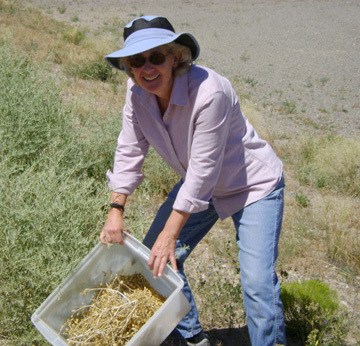 [Montrose, Colo. April 17, 2018] She has a fascinating job, and one that she basically created for herself. Kathy See works as a liaison with land management agencies and other organizations involved in land rehabilitation and restoration. She is the Native Plant Coordinator for the Uncompahgre Partnership. Kathy finds and collects wild seeds for genetic preservation.
[Montrose, Colo. April 17, 2018] She has a fascinating job, and one that she basically created for herself. Kathy See works as a liaison with land management agencies and other organizations involved in land rehabilitation and restoration. She is the Native Plant Coordinator for the Uncompahgre Partnership. Kathy finds and collects wild seeds for genetic preservation.
What this involves, “is going out and looking for large enough populations to find and collect seeds,” she explained. The seeds are then sent off to put into frozen storage at Colorado State University (CSU) labs. It’s a national program, but the seeds Kathy collects are stored right here in Colorado.
The native seed collection program is the basis of Seeds of Success (SOS), which started mostly in the west, but now involves seeds from all across America. The program originally started with KEW Gardens in London. Here in America, SOS has been run by the Bureau of Land Management (BLM) since 2001 and in partnership with numerous federal agencies and non-federal organizations. SOS’s mission: to collect wild land native seed for research, development, germplasm conservation, and ecosystem restoration.
Additionally, “I help various local project managers put together seed mixes and act as a resource for people needing information on availability of native seeds.” It’s a big job and involves a lot of agencies. “I actually work with a larger organization,” Kathy explains—“The Western Colorado Landscape Collaborative, which includes the Forest Service, BLM, Colorado Parks and Wildlife, Public Land Partnership, various utilities, and the many groups that come together to make decisions about federal and state lands.”
See also created the job herself. She was teaching fourth grade in Montrose, and contacted a colleague at Colorado Parks and Wildlife about an article she had read in the newspaper regarding seed conservation and preservation. One thing led to another, and she wound up working from home with a paid position that perfectly fit her background and interests: Kathy holds a master’s degree in plant ecology from CSU. “The whole idea of ecosystem restoration—where plants grow and why—is pretty cool,” she said.
Fall is report-writing time. Winter is rest time, much like it is for the plants, and summer is collection time. Collecting seeds involves various techniques, from pulling off seed heads to beating seeds into a bag, or with something bigger and tougher, like sagebrush, using a tennis racket to beat seeds into a trash can!
The most unusual plants she encounters? Plants on the salt desert between Delta and Grand Junction. “That soil is so salty and alkaline, and plants so specialized for where they are growing,” Kathy said. “These are things that thrive in a harsh environment, plants that can tolerate high salts, dense clay soil, and very sporadic moisture. Like Salt Bush, which absorbs so much salt, if you crunch on it, it’s kind of salty.”
She also finds the mountain shrub plant community interesting–things like scrub oak, aka Gambel oak. “People don’t realize what a huge role that species plays in that ecosystem,” she explained. “The plants are food for animals, and provide shelter for babies that need to hide from predators.” Then there are the fascinating similarities and differences in ecosystems where like plants grow. Columbine grows in the Colorado mountains, for example, but it also grows in Ireland. Two different climates, “but something similar between the two systems.”
Kathy See lives in Montrose, Colorado
This article also appears on website for the Woman’s Club of Ouray County. Designed and maintained by Kathryn R. Burke
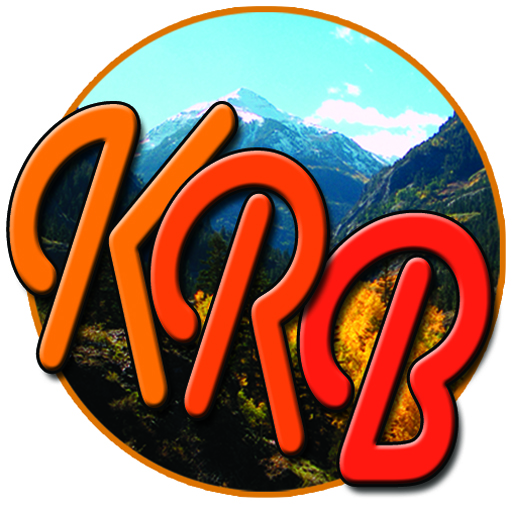
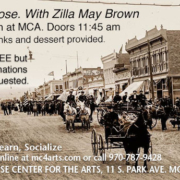
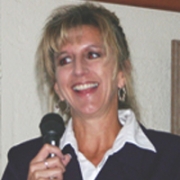
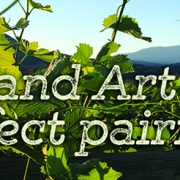
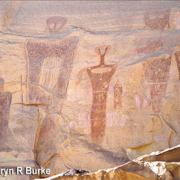
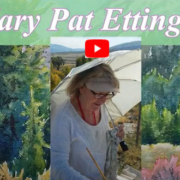

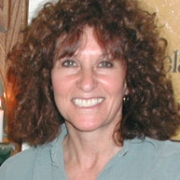


Leave a Reply
Want to join the discussion?Feel free to contribute!